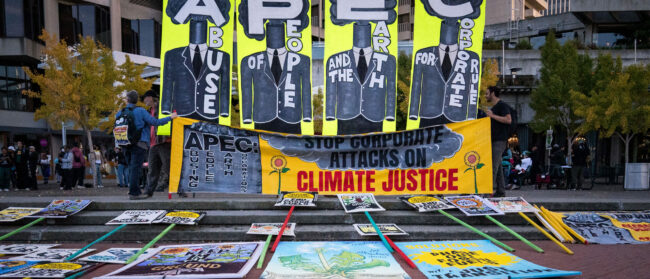Why choose the elephant as the focus of your activism?
The elephant is omnipresent in every layer of life in Laos: in the murals of the Buddhist temples; in textiles; poetry; legends; even in modern forms of art and advertising. When I arrived in Laos I worked in graphic design, and I was very surprised by the requests of my clients. They always wanted elephants, so I started digging a little bit into their cultural context. They are very important for Theravada Buddhism, and they are also a symbol of so many things for Asian people. They incarnate wisdom, strength, fertility, water and sacredness.
In a developing country such as Laos, you can say: ‘Stop killing wildlife and stop destroying your forests,’ but they are trying to escape poverty, so the only way to get people involved is through their emotions, and emotions are directly connected to culture. In ‘the land of a million elephants’ [as Laos is known] there are only 900 elephants left, and this is something the Lao people and the decision-makers are ready to hear.
What is the purpose of the Elephant Caravan?
At the end of this year, Unesco will celebrate 20 years of Luang Prabang as a world heritage city. There will be a lot of media exposure during this event, so I thought it would be a good idea to bring elephants to the city as part of this cultural heritage. So the Caravan is an opportunity for us conservationists to use a mainstream event that is happening in Luang Prabang.
What role do mahouts have in the conservation of the Asian elephant?
They are absolutely vital. We would all like to see elephants in the wild, living without human interaction and roaming freely in protected forests. However, the reality is different. There is a lot of pressure in Asian forests due to deforestation, development and poaching, so the forests are not safe and won’t be for a long time. Wild elephants are under intense pressure and they may disappear before their captive cousins, with the latter representing a very important reservoir for the species. And without mahouts there is no captive population.
Captive elephants are routinely subjected to the tradition known as ‘breaking’ – which uses techniques such as beatings, food deprivation and captivity in a small cage – to make them submissive to their owners. Is this something that you and your organisations are trying to change
It’s an ancestral and violent process inherited from the old times. Today they are bred in captivity so that level of violence is not usually required, though it’s a pity to see that in Thailand, Myanmar and a little bit in Laos, elephants are broken in the old way when captured and used for logging.
Also, according to local beliefs, there is a need to transfer the elephant from the world of the forest spirits to the world of the humans. It’s an animist process so the elephant becomes part of the family. If you don’t go into at least the shamanic ritual no mahout will accept the elephant.
Last year, at the Elephant Conservation Centre, for the first time in Laos, we used a mixture of positive reinforcement training – using rewards instead of violence to train the animal – and the shamanic rituals. We had the best of both worlds: the traditional ritual and some soft training. We have to be very careful if we want the mahouts to adhere to our ideas. You can’t change hundreds of years of tradition overnight.
In 2002 you travelled this route for the first time with four elephants. This time you have upscaled the project with more elephants, along with artists, the media and education specialists coming along. Will this affect the animals?
The elephants will walk for four hours in the morning. No one will ride them except their own mahouts. They will not transport people, do tricks or get involved in any show. We could compare the Caravan with a rebellious march towards the cultural capital. They have a message and it’s the last call for them; they are on the brink of extinction.


